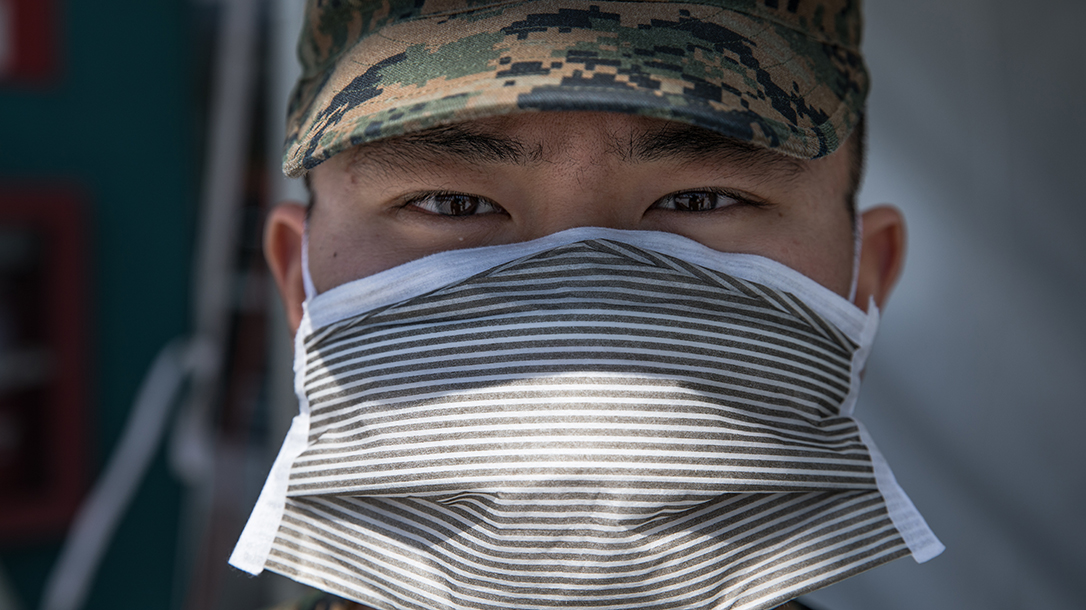The coronavirus pandemic took another historic turn Friday with the announcement of President Trump’s latest Executive Order. In it, the president authorized recall of Selected Reserve and Individual Ready Reserve armed forces members to active duty status. The order authorizes the recall of up to 1 million troops for a period of up to two years.
Trump Authorizes Recall of Armed Forces Members
“I am authorizing the Secretary of Defense and the Secretary of Homeland Security, with respect to the Coast Guard, to order units and individual members of the Selected Reserve, and certain Individual Ready Reserve members, to active duty to augment the active forces for the effective conduct of coronavirus disease response,” Trump wrote in a letter to House Speaker Nancy Pelosi (D-Calif.) notifying her of the order.
Advertisement — Continue Reading Below
“This authority is necessary to ensure the Department of Defense and the Department of Homeland Security can properly conduct operations required to meet our evolving security challenges and to support the United States Government response to COVID-19.”
The executive order only authorizes the recall of reserve members back to active duty. It does not require any service to do so at this time. For now, officials say recalled troops will likely support commands and medical units.
“Generally, these members will be persons in Headquarters units and persons with high demand medical capabilities whose call-up would not adversely affect their civilian communities,” Pentagon spokesman Jonathan Hoffman said in a release, reported taskandpurpose.com. “As this is a dynamic situation, we do not currently have a projected number of activations. But the Department is now fully authorized to make activations as needed.”
Advertisement — Continue Reading Below
Military units, along with National Guard, already serve in rolls across the country. In Los Angles, Marine Corps units currently support the USNS Mercy, the massive 1,000-bed hospital ship deployed to treat patients in LA. As the spread of COVID-19 continues, more troops will likely deploy to hot spots at the state and national level.
























